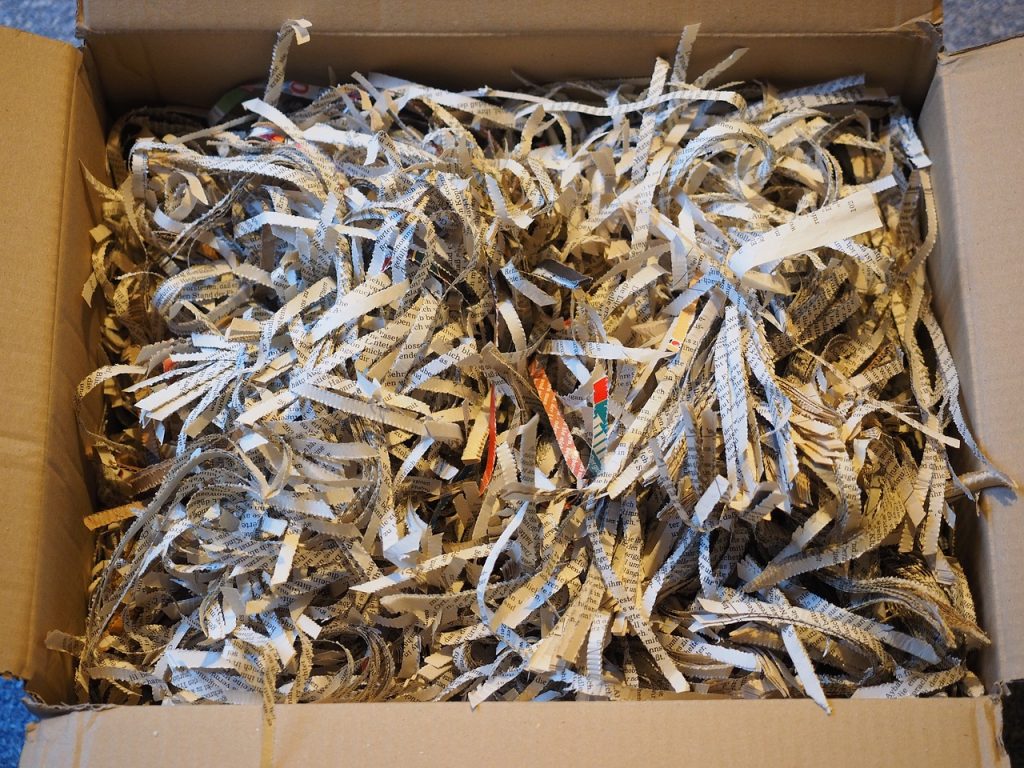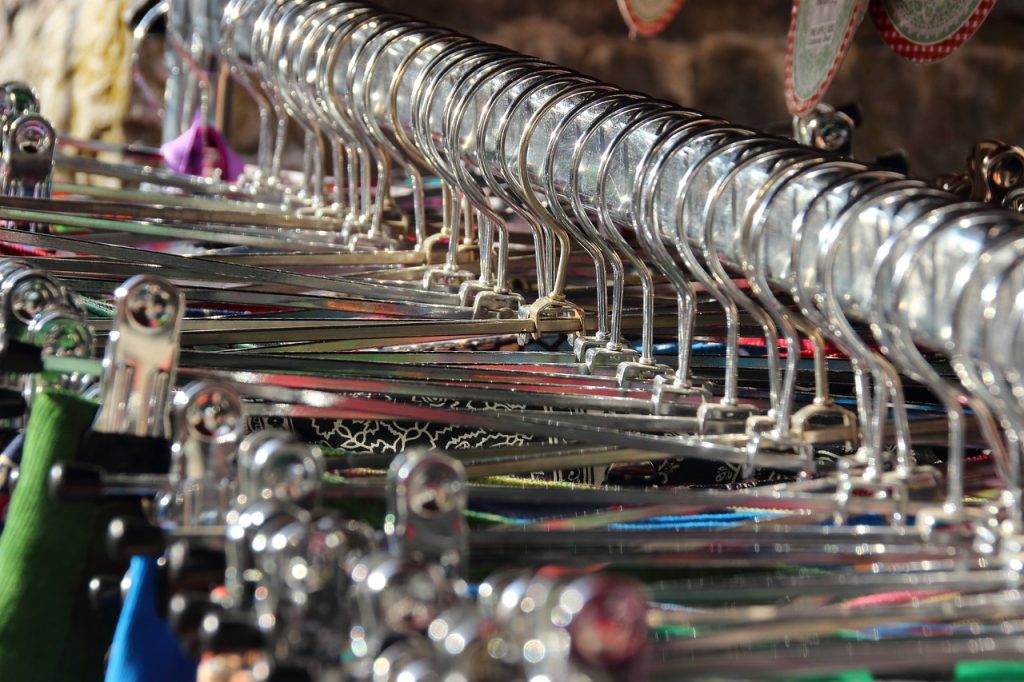- Collect and sort your paper waste, separating colored from white paper to prevent color bleeding.
- Reduce the paper’s size into smaller pieces, either by tearing it by hand or using a shredding machine.
- Add the torn paper to water to create a pulp consistency.
- Use the pulp to create new paper or paper products.
- Dispose of paper not suitable for recycling properly, either by composting or throwing it in the garbage.
Introduction to Paper Recycling at Home
Recycling paper at home is a stand-out solution for conserving our planet’s resources, and it’s easier than you think to get started. This article offers an in-depth introduction on how to recycle paper at home, introducing ways that you can make a huge difference from your household. Everyone uses paper, it’s a versatile source for numerous daily activities and, unfortunately, it often ends up in our trash cans. We’ll highlight how this habit can change, providing a simple guide on home paper recycling.
This article will be an educational read for both beginner recyclers and those with more experience. No matter your knowledge level, a fresh or revisited read will surely offer valuable insights and reminders. You might even find the details to kick-start a home recycling project that can engage your whole family.
We’ll demonstrate ways paper can be recycled in your home using everyday materials. You’ll be amazed at how much of your paper waste can be recycled, becoming part of something new and useful. Multiple reads of the article will help solidify the process in your mind, ensuring an efficient and effective method of paper recycling.
By the end of the read, you’ll realize that recycling paper at home can be more than a project, it’s a meaningful practice that positively impacts our environment. Get ready to turn your home into a home base for paper recycling, after all, home is where the heart is.
Why is Paper Recycling Important? Understanding Paper Waste
Paper recycling has a profound importance in maintaining a sustainable ecosystem. Here’s why it’s crucial for understanding paper waste. The paper industry is one of the biggest contributors to waste around the globe, contributing significantly to the waste that piles up in landfills. By reusing paper products, we can drastically cut down on this waste and preserve our natural environment.
The process of recycling often starts with paper shredding. Once shredded, these small bits of paper can be reformed into new paper products. In fact, most of the paper we use daily, from newsprint to packaging, is comprised of recycled paper fiber. The latest stories have applauded companies that have started incorporating more recycled material into their products, underscoring the shift towards a greener paper industry.
Beyond reducing waste, recycling paper saves an incredible amount of energy. It takes less energy to process recycled paper fiber than to extract and process raw materials. This fact is a compelling argument in itself for paper recycling at home. Guides to doing so are plentiful, and the process is simpler than you might think. We all need to play a part in preserving our planet. Therefore, take a fresh look at your paper waste and consider ways to recycle it. In doing so, you’d be making a valuable contribution to a sustainable future by dealing with waste properly.
How to Recycle Paper at Home: An Easy Guide
If you’re searching for an easy and simple guide to recycle paper at home, you’ve come to the right spot. This article will provide step by step instructions and principles on how to effectively recycle paper to ensure its secondary use and help give it a newer life. Recycling is a practice that we should all get in sync with, as it aids in the recovery of resources and has substantial environmental benefits.
Start by setting up separate bins in various rooms of your home where paper waste is generated most, such as the home office or living room. Clearing the clutter and organizing your recyclable materials will make the whole process smoother. As you get used to the practice of home recycling, you’ll find that it easily integrates into your daily routine with minimal effort.
Remember, every step you take in recycling paper at home makes a difference. This article’s easy instructions should be a guide leading you on a journey to sustainable living. You’ll find that it is much simpler than you may have initially thought. Handling and mastering this art, using your hands for recycling paper at home, contributes to lessening your carbon footprint and leaving a greener earth for future generations.
Steps to Follow in Paper Recycling: Reducing Your Paper Waste
So, you’re ready to start reducing your paper waste by recycling? That’s great! You need to follow a handful of steps to properly recycle paper at home. Here’s a basic guide that highlights these steps in the paper recycling process. First, collect and sort your paper waste. All types of paper are recyclable, but it’s key to separate colored from white ones to prevent any color bleeding during the process.
After sorting, you gotta reduce the papers’s size into smaller pieces. Tearing it by hand or shredding them using a machine is effective. Then, you add the torn paper to water. This process involves soaking the paper in water to create a pulp consistency. Once you’ve got your pulp, you’re halfway there! The pulp preparation is a crucial step towards making recycling effective.
Now, keep in mind that paper recycling doesn’t just reduce trash; it’s a crucial way of reducing our negative impact on the environment. As it involves reusing, it cuts down the need for fresh raw materials, hence preserving our natural resources. Moreover, paper recycling reduces the energy used in creating new paper. Lastly, the process also aids in reducing the harsh gases emitted when manufacturing from scratch. Follow these well-set steps to make sure you’re on the right track, as doing it incorrectly can be counterproductive. So, let’s all support paper recycling and work together in setting a green footprint.
Process of Paper Recycling: What Happens to Your Recycled Paper
The process of paper recycling transforms your discarded paperwork into a valuable resource, a journey that’s both fascinating and vital for preserving our natural environment. But what exactly happens to your paper once you’ve placed it in the recycling bin?
To begin with, the collected paper is taken to a recycling facility where it undergoes review and evaluation. The team there, who expertly oversee the whole process, begins sorting out the different types of paper. They remove any contaminants such as plastic or metal, ensuring only paper enters the recycling system.
Next, the sorted paper gets shredded into tiny pieces, a necessary step in paper recycling that enhances the chances of producing high-quality recycled paper. The shredded paper is then mixed with water and chemicals, turning it into a slurry, also known as paper pulp.
The pulp is subsequently cleaned and screened, removing any remaining unwanted material and preparing it to be consumed in the next step of the process where it’s heated and turned into a liquid substance. It’s then passed through specially designed machines that remove water, eventually forming your recycled paper.
Paper recycling is indeed an interesting and complex process. But by understanding it and doing your part, you’re helping to ensure a brighter, greener future. It’s well worth the little extra effort to watch your waste and make sure you are recycling effectively at home.
Reply to Common Queries on Paper Recycling
In the journey of paper recycling, we often find ourselves inundated with queries and doubts. Most revolve around the practicality and effectiveness of recycling paper at our homes. To bring some clarity, we’re here to reply to these common cogitations arising in the minds of enthusiastic recyclers.
One recurrent question deals with the ‘why’. Essentially, why is paper recycling important? Well, as we’ve answered previously, it helps reduce paper waste, encourages sustainable living, and shares the load our planet is currently bearing.
Now, onto ‘how to recycle paper at home’, a question we’ve received quite a few times. We have not only answered this query but also prepared an easy guide. From sorting your paper waste, like newspapers, to preparing for collection, the steps we’ve passed on will hopefully make paper recycling at home a breeze.
Then there are inquiries about the paper recycling process: what happens to the recycled paper? We’ve covered this too, explaining how resources are renewed and repurposed. This info hopefully provides some solace. Your discarded, and now recycled paper, is certainly not wasted.
By responding with answers, suggestions, and tips, we hope to clear any lingering doubts. We’re devoted to resourcing you with all the required info about paper recycling. With every reply, we’re providing you the know-how to effectively recycle paper.
Turning Paper Recycling into a Fun Activity for Kids
Ever wondered how to make paper recycling a fun, interactive kid-friendly activity? You’re not alone. Many parents want to educate their kids on the importance of recycling, while adding a touch of enjoyment to keep the child motivated. Well, worry not! By turning paper recycling into a hands-on game, we can involve kids in a way that’s both engaging and informative.
So, how can you transform this often mundane task into a vibrant one for your little ones? First things first, make recycling a game. Provide rewards for every piece of paper correctly recycled. To make it even more fun, you could use promo codes for small rewards. This touch of gamification has a dual benefit – it makes recycling enjoyable, and also instills a sense of accomplishment in your child.
Crafts are another great way to incorporate paper recycling. Paper can easily be recycled into a wide range of crafts. Let your kids participate in making new things out of recycled paper products. This can even turn into a learning activity where your child learns how paper is recycled, and then see their recycled items being put to practical use.
Indeed, paper recycling doesn’t have to be boring. By turning it into a fun activity, you’ll not only reduce paper waste but also motivate your child to take part in an eco-friendly lifestyle. So why not start your interactive paper recycling adventure today?
Teaching Kids About Recycling: How to Make Crafts from Recycled Paper
Teaching kids about recycling can be made interactive and educational by creating crafts from recycled paper. By doing such a fun project, you’ll be able to make your children learn the importance of paper recycling and how it greatly contributes to our environment. Lessons on paper recycling can be incorporated with interesting crafts, stimulating their creativity and interest while imparting essential environmental knowledge.
Using recycled paper for making intricate origami creations is an excellent way to engage kids. The handmade origami can serve as a fun, educational, and practical means to learn about paper recycling. As they fold their paper into different forms, they gain firsthand experience of how waste paper can be given a second life, thus reinforcing the lessons of recycling. Furthermore, creating such crafty items provides an insight into the process of recycling and what happens to the paper when it is recycled.
By turning paper recycling into an engaging activity for kids, not only do they use their imagination, skills, and effort, but they also grasp the significance of reducing paper waste. This kind of education and schooling in environmental sense can contribute to the growth of responsible adults who have environmental consciousness embedded in them. You could make paper recycling a fun, regular part of your home routine, instilling the habit of recycling early on, and educating them on its importance.
Recycling Different Kinds of Paper: From Newspaper to Craft Paper
Recycling is a versatile process that can be applied to a wide range of materials, including different kinds of paper, from old newspaper to leftover craft paper. Newspapers are one of the most commonly recycled paper products, but the diversity of paper types that can be recycled is something to take note of. While the process for recycling newspaper is relatively straight-forward, the process for craft paper can include extra steps due to the diversity in the materials used in their production.
Recycling not only allows us to reuse materials, but it also reduces the need for virgin paper. This makes recycling not just an eco-friendly choice, but also a practical one. Virgin paper, which is new paper made from tree pulp, is far more resource-intensive to create than recovered paper that’s been recycled. Whenever you recycle, you’re helping to chip away at the demand for virgin paper products. In essence, every piece of recycled paper helps in conserving more trees.
Recycling comes in a range of types – from recycling at home to recycling bins in public spaces. Recycling is also a great practice to introduce kids to, turning what is typically viewed as a chore into a fun activity. For creative methods to introduce this essential habit, crafts created from recycled paper products can be an excellent learning tool. By teaching them how to recycle, you will be preparing them for a more environmentally conscious future.
How to Dispose of Paper Not Suitable for Recycling
When it comes to home recycling, particularly paper recycling, not all paper is suitable. Some paper products fallible for recycling, due to contamination or not being made wholly from easily recyclable materials, become an undesirable component of our waste. Learning how to properly dispose of such paper equally contributes to recycling and waste destruction efforts. To begin, separation of such unfit paper from recyclable materials is important to prevent any invalid recycling procedures. Do not mix them with general recycling but rather throw it into the common garbage bin.
An important point to note is that although these papers are inapt for recycling, they need not necessarily add to the amount of waste produced. For example, instead of sending them to garbage, these assorted paper waste could be utilized as compost for your houseplants, contributing to a green, sustainable lifestyle. This method, however, only works for papers devoid of plastic lamination or toxic inks, hence further emphasizing the importance of sorting in recycling. A mistake could cause more harm than good.
In conclusion, disposing of unrecyclable paper is just as vital as recycling suitable ones in reducing the impact of paper waste on our environment. It’s a key part of the broader topic of recycling that’s often overlooked but indeed indispensable for a holistic approach to waste management.
Benefits of Paper Recycling: Saving Trees, Reducing Waste
Paper recycling offers enormous advantages for our environment. Not only does it conserve natural resources, but it also significantly cuts down on waste. When it comes to making an impact, this simple measure can be incredibly efficient and produces substantial economic savings. It’s a usage that’s not only beneficial but truly profitable.
We often underestimate the usefulness of paper recycling. But, consider this; every ton of paper recycled saves about 17 trees. That’s a substantial saving that helps to reduce deforestation and aids in keeping our environment green. By recycling paper at home, we contribute towards this significant and treasurable goal of saving trees. Furthermore, this process helps us to create a reduction in waste by reusing the same resources multiple times.
However, the benefits don’t stop at saving trees and reducing waste. Paper recycling also lessens the volume of waste being sent to landfills, thus helping in the cutback of harmful greenhouse gases. Plus, the process is something that offers a twist of fun when introduced to kids. For example, crafting activities using recycled paper help in teaching kids about recycling, making it exciting and action-oriented.
In essence, paper recycling is like a gift that keeps on giving. Its blessings don’t stop at the economic and environmental domain; its social relevance also shines through making paper recycling an activity that should be a part of every household.
Post-Recycling: Create New Items from Recycled Paper at Home
Finally, you’re done recycling paper at home. The whole family joined in this important task and you’ve learned so much more about the benefits of paper recycling. It’s not just about saving trees and reducing waste – it’s also about transformation, creating new things from post-consumer products. So what can you do now?
Here’s a concept you would love: post-recycling. It’s about using recycled paper to create new items, effectively turning waste into treasured collectibles. It’s a step beyond reducing paper waste and it’s a great way to have fun with DIY projects. You’ve done this before with the kids, teaching them how to make crafts from recycled paper.
Be it newspaper or craft paper, there are numerous DIY paper products you can create from recycled paper. Why not build upon what you’ve learned and extend the life-cycle of your recycled paper even further? Create greeting cards, or simple origami pieces – the possibilities are nearly endless. The transformation of paper waste into new items can also be a fun activity for the kids. Plus, it’s a great way to repurpose those pieces of paper not suitable for recycling.
Indeed, post-recycling is another meaningful and exciting stage of paper recycling at home. It not only helps save on resources, but it also encourages creativity, resourcefulness, and sustainability. It’s another step closer to making our homes eco-friendly.




